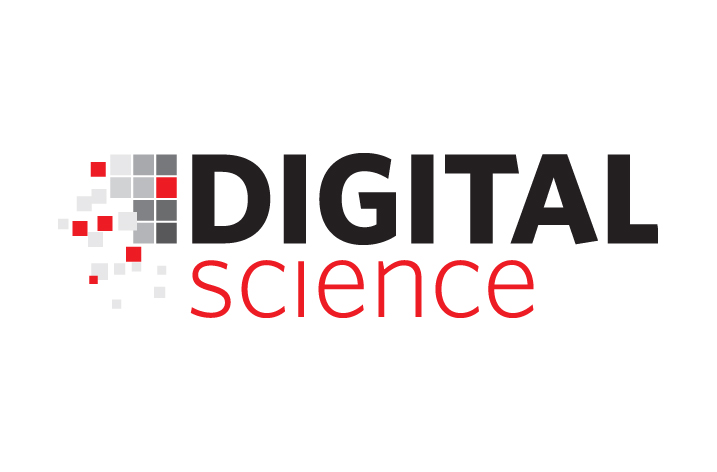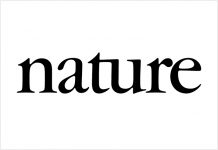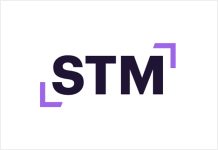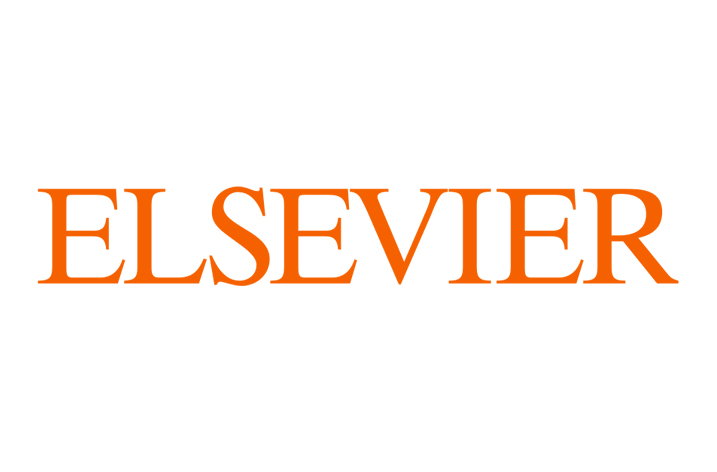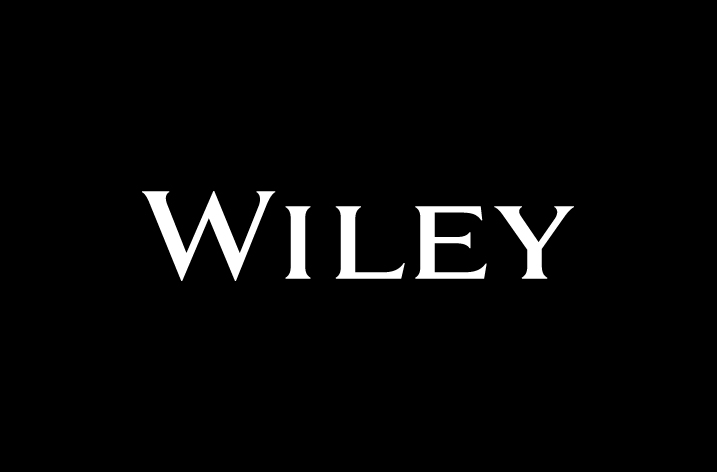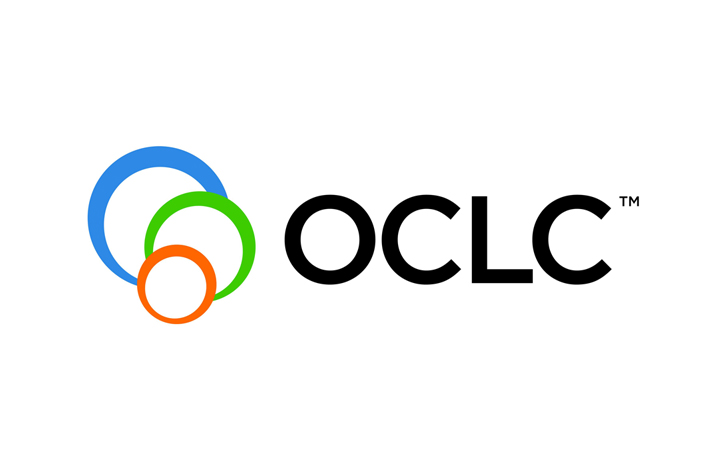
The Nature Index 2017 Innovation supplement, published today, sheds new light on the impact academic research is having on innovation by examining how research articles are cited in third party patents.
By looking at patents owned by third parties – informed by and citing academic work – rather than those held by institutions themselves, the influence of research on the development of products and services is exposed.
The supplement’s tables contain some of the key academic players whose ideas may shape tomorrow’s inventions. The top of these tables are occupied by both institutions with global reputations for high-quality research and others whose published work is having a disproportionately high impact relative to their size.
Ranked by a metric developed by The Lens, The Scripps Research Institute in San Diego (1) and Rockefeller University in New York (2) lead the way. Next are the Massachusetts Institute of Technology (3), University of Massachusetts Medical School (4) and The University of Texas Southwestern Medical Center (5). Weizmann Institute of Science in Israel (6) is the only non-US institution in the top ten, followed by three US research heavyweights: National Institutes of Health (7), University of California San Francisco (8) and Stanford University (9). Icahn School of Medicine at Mount Sinai is notably placed tenth
38 of the top 50 institutions by The Lens metric are from the United States. From the rest of the world, institutions placed first in their countries include University of Strasbourg (16, France), University of Geneva (21, Switzerland), Hangyang University (23, South Korea), University of Dundee (26, United Kingdom) and Karolinska Institute (38, Sweden). From Japan, both Osaka University (31) and RIKEN (39) make the top 50.
David Swinbanks, founder of the Nature Index, said: “This analysis comes at a time when following the transfer of scientific knowledge into industry and the economy is a growing priority for governments and research funding agencies – for them, the need to demonstrate that publicly funded science is being used for society’s benefit is paramount. This innovation supplement is part of a wider effort from the Nature Index – together with partners such as The Lens and Clarivate Analytics with their own insightful data – to examine new trends in research publishing and its interface with sectors outside of academia.”
Richard Jefferson, founder of The Lens, said: “By linking published research with patents as an open global public good, we can start mapping the influence and role of academic science in the innovation ecosystem. This is a first step towards ‘innovation cartography’ – rendering the complex process of science- and technology -enabled problem solving (STEPS) transparent. It will enable scientists, investors, businesses and policy makers to make better, evidence-based choices of partnerships and pathways to deliver new products, services and practices for society.”
The Normalized Lens Influence Metric provides a measure of the influence an institution’s research has had on innovation by calculating the citations of research articles in patents owned by third parties, rather than those owned by institutions themselves. The metric has been derived for 200 high performing institutions that appear in the top 100 of at least one of a number of institutional rankings (Nature Index, Academic Ranking of World Universities (ARWU), Thomson Innovation or the Leiden Ranking).
Nature Index data is also presented for the 200 institutions ranked by The Lens. For the first time, Nature Index data has been normalised against the total research output of an institution in the natural sciences, as indicated by the number of research articles an institution has published in Clarivate Analytics’ Web of Science. This provides a measure for comparing institutions’ output in the Index relative to their research capacity, which can then be compared to the normalized Lens Metric that similarly takes into account the scale of the institution’s research.
More information about the Nature Index is available at natureindex.com.


